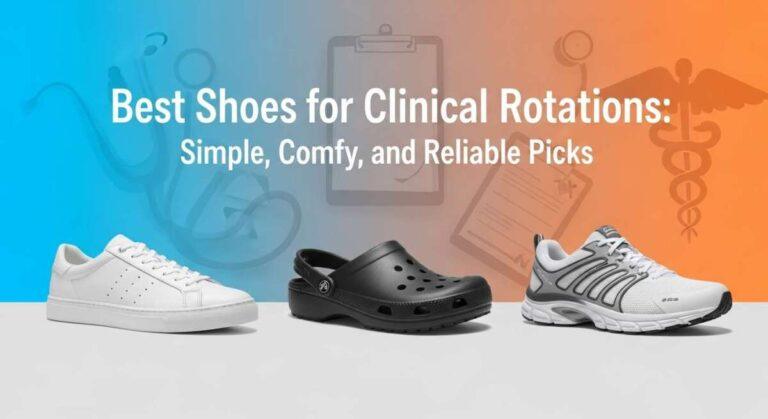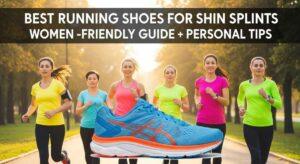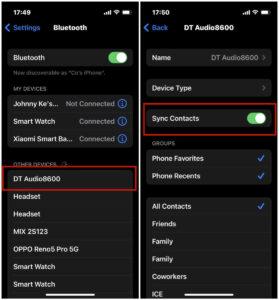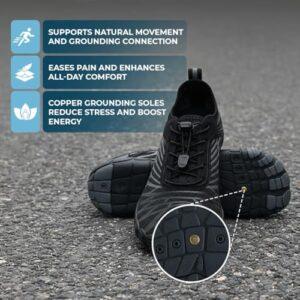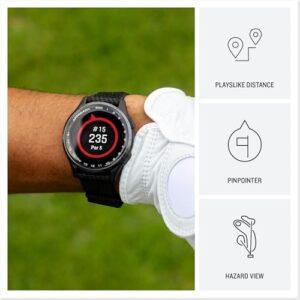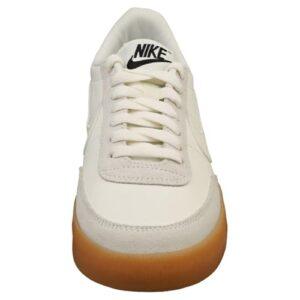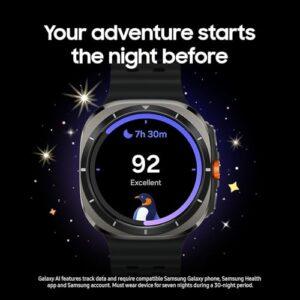If you spend long hours on your feet during clinical rotations, you already know how much a good pair of shoes matters. I’ve been there myself — walking from one end of the hospital to another, standing for hours, and feeling every step by the end of the day. The truth is, your feet carry you through every shift, so finding the best shoes for clinical rotations can make all the difference.
I want to help you choose shoes that don’t just look good but keep you comfortable, steady, and confident. Let’s walk through the best options I’ve tried and researched. I’ll share what works, what doesn’t, and a few personal stories from my own rotations.
Why Your Shoes Matter in Clinical Rotations
When you’re on your feet all day, even small things matter. The right shoes can save you from sore heels, aching legs, and tired feet. Here’s why your choice of footwear is so important:
1. Long Hours on Your Feet
During a normal shift, you might walk more than 10,000 steps. Without good shoes, that can hurt — a lot. Your heels, arches, and toes take most of the impact. If your shoes don’t have enough support, you’ll start to feel pain in your ankles and knees too.
2. Wet or Slippery Floors
Hospital floors get cleaned often, and spills happen. You need slip-resistant shoes so you don’t fall. Shoes with good grip can keep you safe even when the floor is wet.
3. Dress Codes and Uniform Rules
Many hospitals want staff to wear closed-toe shoes in white, black, or neutral colors. That means your shoes should look neat and professional but still be comfy.
4. Common Foot Problems
Many healthcare workers deal with plantar fasciitis, overpronation, or metatarsalgia (pain in the ball of your foot). Shoes that support your arches and absorb shock can help prevent these problems. Sometimes adding metatarsal pads or arch inserts can make a big difference.
A Personal Story
When I first started my clinical rotations, I wore a pair of stylish leather flats. They looked great — until week two. My heels ached, and by the end of each day, my feet were on fire. One day, after a long shift, I could barely walk to my car. That’s when I switched to a pair of slip-on nursing sneakers with arch support and soft cushioning.
The change was huge. I could stand longer, move faster, and finish the day without that sharp heel pain. That experience taught me that good shoes aren’t just a comfort — they’re a necessity.
Top Picks: Best Shoes for Clinical Rotations
Let’s look at a few great options. I’ll explain what makes each one special, who it’s best for, and what to keep in mind.
Talenava Women’s Classic Comfort Dress Shoes

If your rotation includes meetings or outpatient clinics, these shoes blend professional style and daily comfort.
Why They’re Great
-
Slip-on design saves you time — no laces, no fuss.
-
Cushioned insoles absorb shock and help during long hours.
-
Lightweight rubber soles keep you steady without dragging your feet.
-
Neutral beige leather works with most uniforms.
My Experience
I wore these during my internal medicine rotation. For moderate walking and long standing periods, they worked beautifully. I slipped in thin gel insoles, and that made them even more comfortable.
Things to Watch
-
They might need a short break-in period.
-
Limited color options (mostly beige).
-
For very active roles, sneakers might still be better.
If you want something professional yet comfy, TALENAVA loafers are an excellent pick.
Metatarsal Pads For Women

Even with good shoes, sometimes your feet need extra help. That’s where metatarsal pads come in. They’re small cushions you stick inside your shoes to relieve pressure under the ball of your foot.
Why They’re Great
-
Give instant relief for metatarsalgia and Morton’s neuroma.
-
Help reduce pain from plantar fasciitis.
-
Stick in place thanks to non-slip adhesive.
-
Fit most shoes without changing the fit much.
My Experience
After two weeks of double shifts, I started feeling a dull ache under my toes. A fellow nurse suggested these pads. Within days, I felt the difference. The pressure on my forefoot dropped, and my shoes felt softer.
Things to Watch
-
Some shoes are too tight to fit extra pads.
-
If your pain is in your heel, look for a heel cup instead.
-
Make sure the adhesive doesn’t damage your insole.
Pro Tip: Keep an extra pair in your locker — they’re tiny lifesavers.
Hkr Non Slip Work Shoes For Women

If you work in high-traffic areas like the ER or ICU, comfort and safety are your top priorities. HKR Non-Slip Shoes offer both.
Why They’re Great
-
Slip-resistant outsole prevents falls on wet floors.
-
Soft arch support protects against overpronation and plantar fasciitis.
-
Slip-on design makes them easy to wear.
-
Breathable knit upper keeps feet cool and dry.
-
All-black style fits most uniform rules.
My Experience
I wore HKR sneakers during my ICU rotation. By hour six, my feet still felt fine — no burning or soreness. The knit fabric also helped when things got warm during long rounds.
Things to Watch
-
Some models run narrow; wide feet may need a size up.
-
They handle small spills, but don’t soak them — rotate pairs to stay dry.
-
For heavy cleaning or surgical settings, choose a waterproof shoe instead.
If you need a solid mix of comfort, grip, and breathability, HKR sneakers are a dependable choice.
Hawkwell Women’s Lightweight Slip Resistant Health Care Nursing Shoes Comfortable Work Shoes

Hawkwell designs shoes specifically for healthcare workers. They’re known for being light, easy to clean, and great for slippery floors.
Why They’re Great
-
Slip-resistant soles keep you steady even on wet floors.
-
Water-resistant synthetic leather shields your feet from spills.
-
Lightweight EVA soles reduce strain and make walking easier.
-
Wipe-clean finish keeps shoes looking fresh.
-
Available in white or black, perfect for clinical uniforms.
My Experience
During one neonatal shift, a spill happened near an incubator. My Hawkwell shoes stayed completely dry, and I didn’t slip once. They wiped clean in seconds — a huge bonus when things get messy.
Things to Watch
-
Not as breathable as mesh sneakers.
-
Some models may have less arch support — consider an insole.
-
Make sure to verify slip-resistance standards (ASTM or ISO).
For busy nurses or students who face spills often, Hawkwell is a top-tier option.
FAQ: What You Should Know Before Buying
Q: Are TALENAVA loafers good for long shifts?
They work well for lighter rotations and meetings. For very active days, pair them with metatarsal pads or use them in shorter shifts.
Q: Do metatarsal pads really help with foot pain?
Yes! They relieve pressure and are recommended for plantar fasciitis and Morton’s neuroma. I noticed quick improvement myself.
Q: Are HKR sneakers slip-resistant?
Yes. They grip hospital floors well. Look for models tested under ASTM or ISO slip-resistance standards.
Q: Are Hawkwell shoes good for long shifts?
Yes, especially for 8–12 hour shifts. The EVA midsoles keep your feet light and pain-free.
Q: Are Hawkwell nurse shoes waterproof?
They’re water-resistant, which protects against spills but not full immersion.
Q: Do TALENAVA loafers fit true to size?
They usually do. If you use insoles or pads, go half a size up for comfort.
Tips for Choosing the Best Shoes for Clinical Rotations
- Find your balance
Choose shoes that mix style, comfort, and support. TALENAVA is great for light rotations, while HKR or Hawkwell work better for active shifts. - Look for arch support
Shoes with firm arch support keep your feet and back aligned. - Stay safe on slick floors
Always check slip-resistance ratings. Your shoes should help you stay upright, even when things spill. - Keep a second pair
Switch shoes between shifts to let them air out and recover. - Add support if needed
Pads, insoles, or orthotics can make a good shoe great. - Test before a full shift
Wear them for a short day before committing to a 12-hour stretch.
Final Thoughts
Finding the best shoes for clinical rotations isn’t just about brand or looks — it’s about how you feel after ten hours of walking. Whether you pick TALENAVA loafers, HKR sneakers, or Hawkwell nursing shoes, comfort and support should come first.
I’ve learned the hard way that cheap, cute shoes cost more in pain than in price. Invest in comfort early, and your feet (and back!) will thank you later.
Remember: in the hospital, you take care of others — but your shoes take care of you.
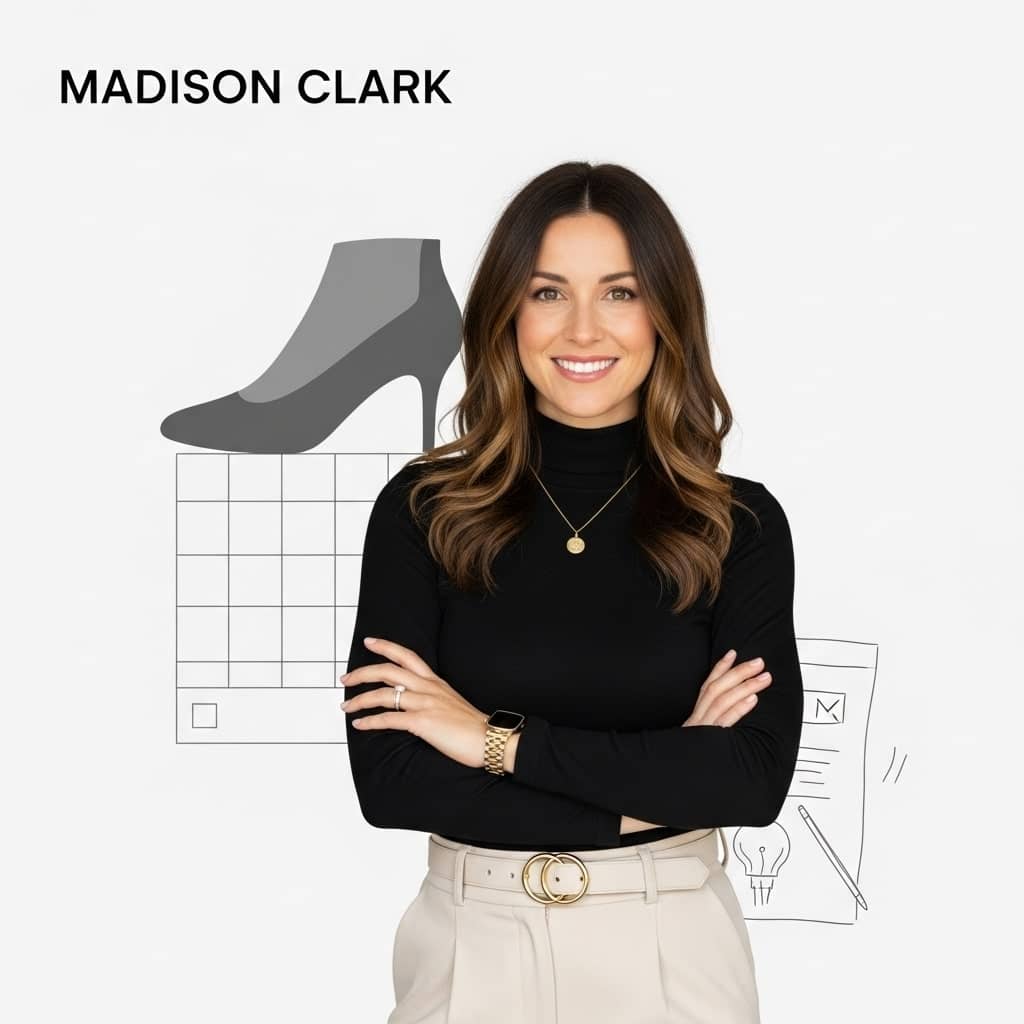
Madison Clark is a footwear expert and the voice behind MyStyleGrid.com. She specializes in honest shoe reviews, style tips, and practical guides to help readers find the perfect pair for any occasion. With years of experience in blogging and content creation, Madison makes footwear knowledge simple, stylish, and easy to follow.

